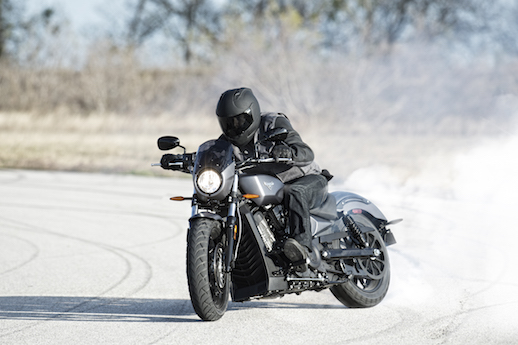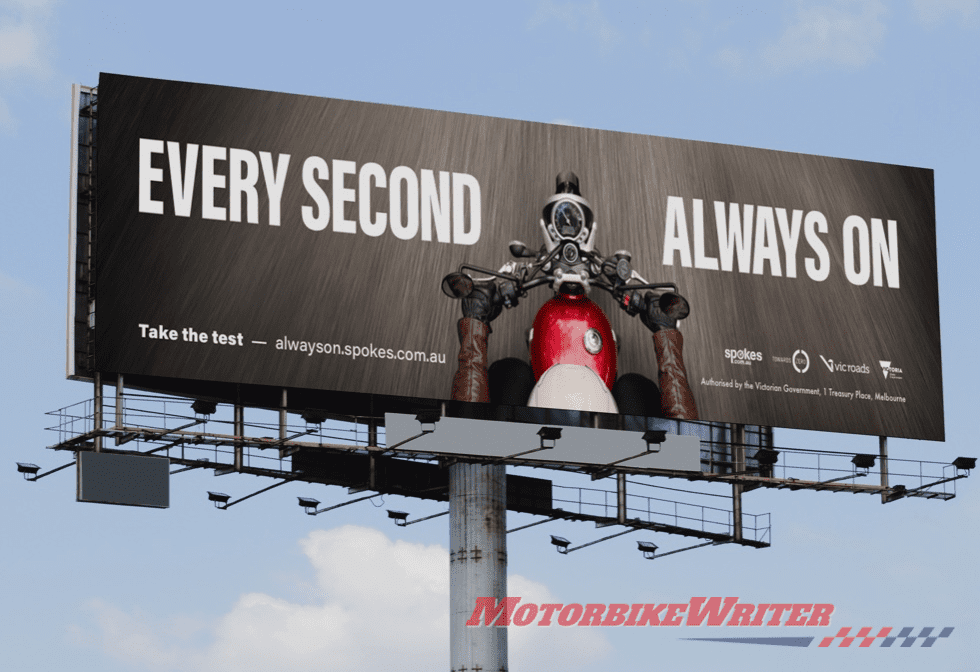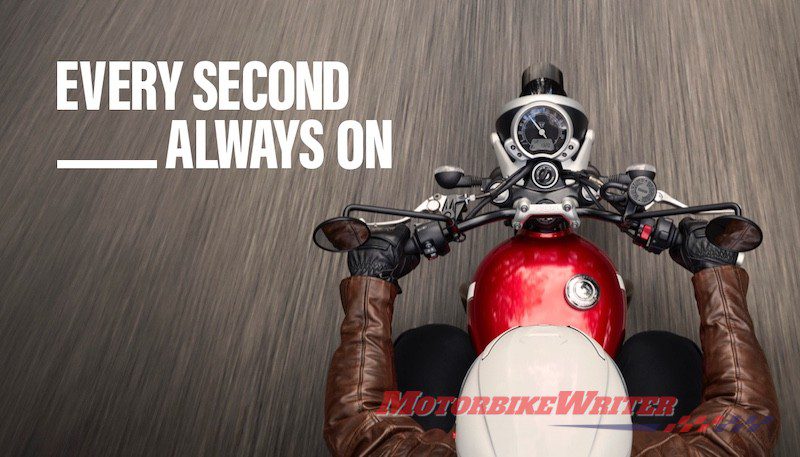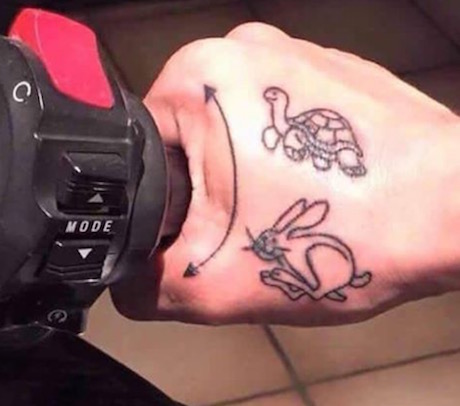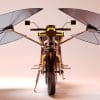The push for mandatory traction control in motorcycles seems to be starting already with a VicRoads safety campaign emphasising it is a key to rider safety.
The campaign features an erroneous online quiz which suggests that traction control will “prevent you from falling off”.
VicRoads is not alone in suggesting traction control and other electronic rider aids are the key to safety.
UNSW Sydney Professor Raphael Grzebieta has suggested every motorcycle should come with an alcohol interlock, ABS and other electronic rider aids, while riders should be “lit up like a Christmas tree”.
So we wonder how long it will be before traction control becomes mandatory on motorcycles.
After all, ABS became mandatory in European and Australian cars in 2003 while electronic stability control (incorporating traction control) became mandatory six years later.
ABS becomes mandatory in November on new motorcycles over 125cc (bikes with lower engine capacities must have either combined brakes systems or ABS), so maybe traction control will follow in six years!
There is already a growing push in Europe for more technologies to be made mandatory in cars such as “black box” recorders, automatic braking and even automatic speed limiters.
They say there is “currently” no plan for the introduction of mandatory hi-tech in motorcycles.
However, the examples of emissions controls and ABS show that motorcycles eventually follow suit.
In fact, manufacturers are already developing the technology.
Traction control
The VicRoads “Always On” motorcycle safety campaign seems to suggest traction control is a key to rider safety.
In its online survey, the first question asks: “If something unexpected happens while you’re riding and you have to brake, which of the following can help prevent you from falling off?”
It provides these answer options: ABS, traction control and stability control or all three.
Their “correct” answer is all three: “ABS stops wheel lock, traction control senses traction loss and stability control monitors the way you’re riding. These technologies work together to keep you on your bike.”
They got one thing (partially) right: ABS does stop wheel lock.
As for whether traction or “stability” control are activated during braking is debatable.
To assess this part of the question, we need to know what they mean by those terms.
In cars, traction control was an early technology that simply cut engine power when the wheels started spinning.
Stability control is a lot more elaborate and involves sensors that detect pitch, roll and yaw, controlling it with a variety of measures that include throttle, brakes and even some steering input.
No motorcycle has true stability control, although some call their traction control “stability” control, even though it’s not.
So VicRoads firstly need to get their terms right. As it is, the mention of stability control is simply confusing.
Also, traction control would not activate under braking unless you are accelerating at the same time.
Key to safety?
But is traction control really the key to motorcycle safety as VicRoads and other safety “experts” suggest?
The idea of traction control is to prevent rear-wheel spin from too much power for the road surface by cutting engine power.
It helps to prevent power slides, but also wheelies and burnouts!
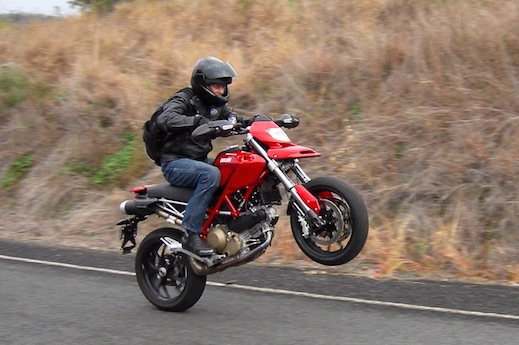

As a motorcycle journalist, I have experienced traction control on many different motorcycles.
On one early incarnation, it hesitated in identifying the slip and then abruptly stopped the engine power, nearly throwing me over the high side.
However, traction control has improved dramatically and many modern bikes now offer varied controls for varied conditions.
For example, some have an off-road setting that allows some rear-wheel slide before a “soft” cut to the power.
This allows the rider to use power to turn the bike by sliding the tail to a certain degree before intervention.
Traction control will also help prevent slides on wet tarmac or bitumen roads with corrugations or slippery debris.
But it is wrong to think that traction control will prevent crashes.
You can still crash with traction control.
The problem is that if you do crash on a bike with traction control, it will most likely be at higher speeds than if you had no traction control!
Having traction control on your bike may also provide a false sense of confidence that makes riders careless with throttle use.
If traction control were made mandatory, how many manufacturers would simply add a cheap system that could be more dangerous than not having any traction control?
You can guarantee that these cheap systems would be included on the cheaper, learner bikes.


